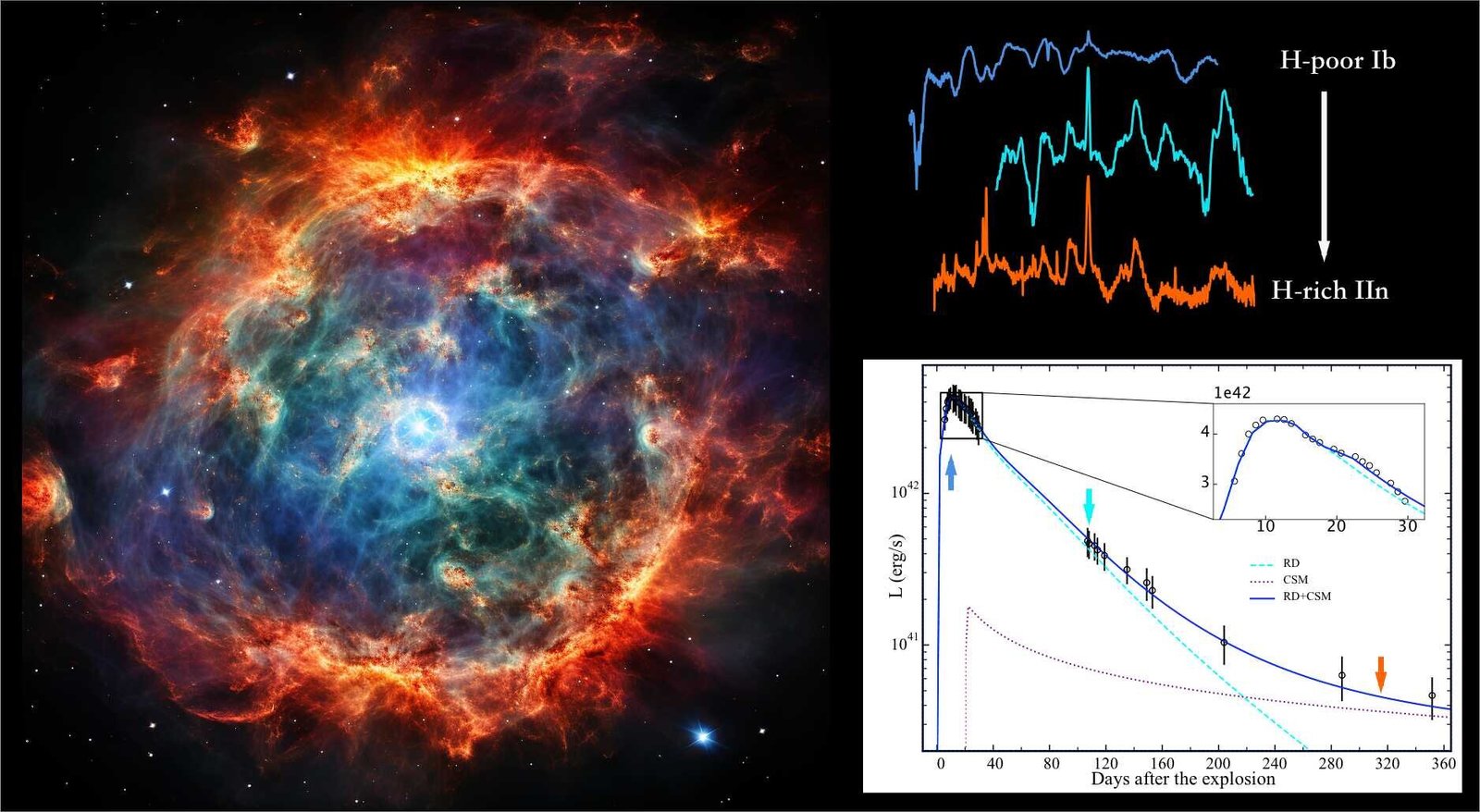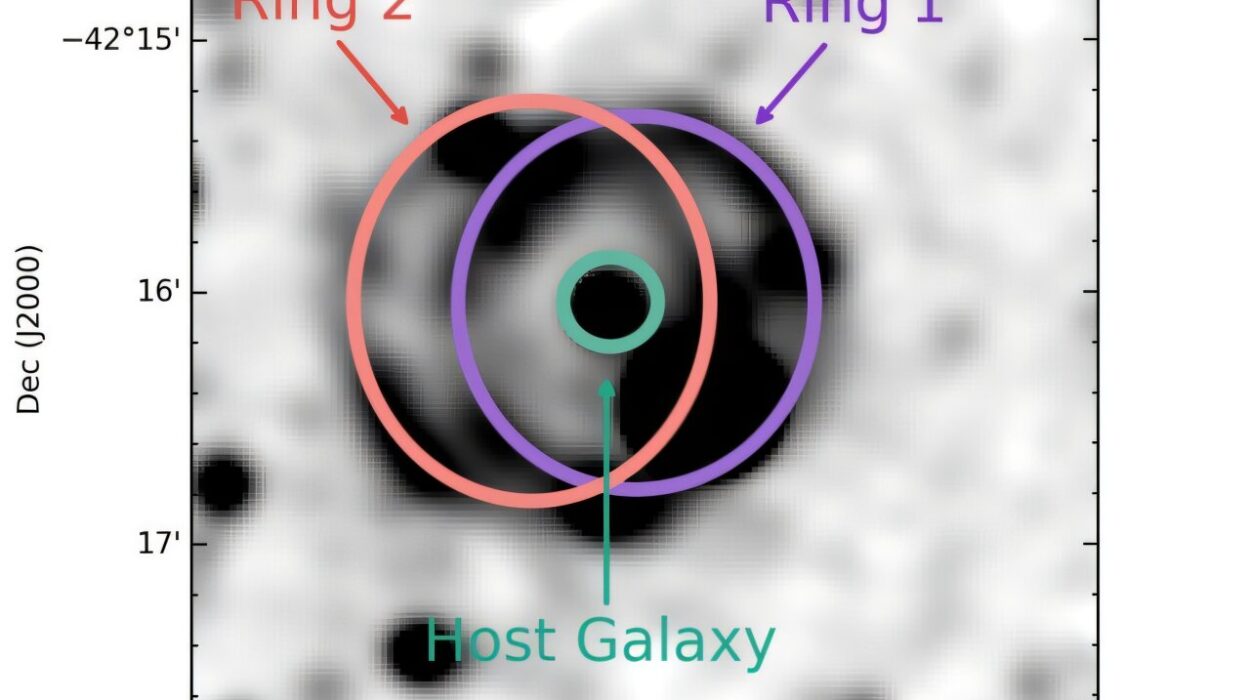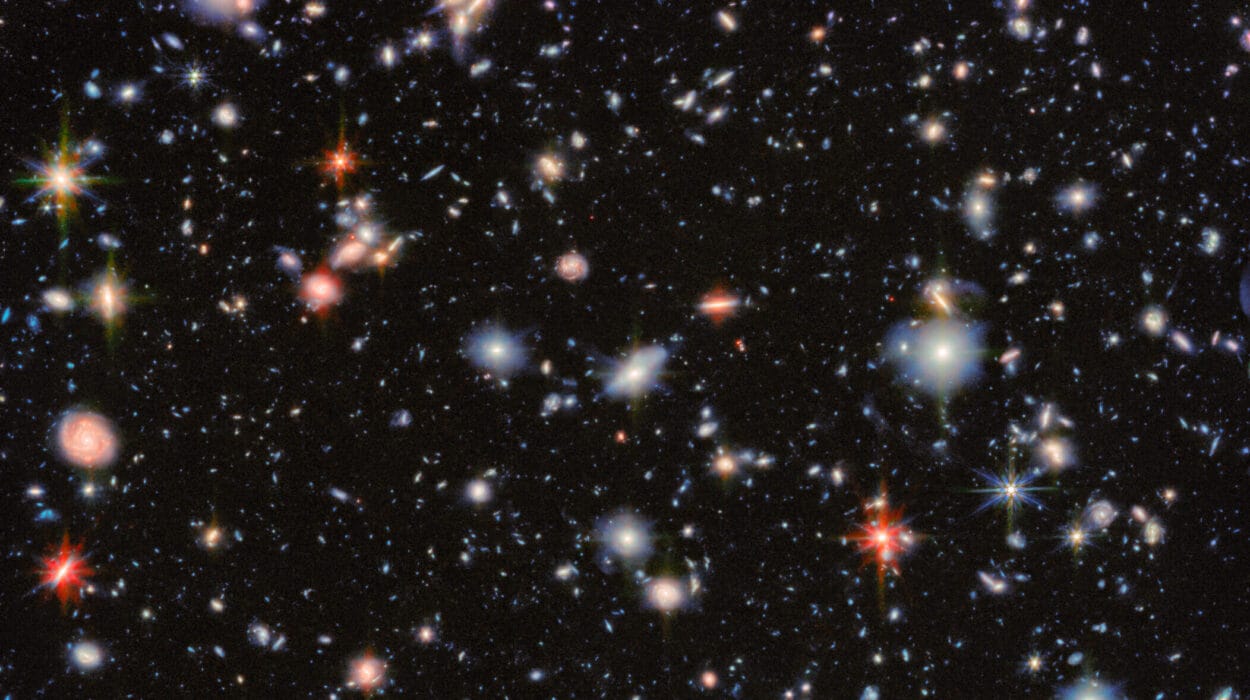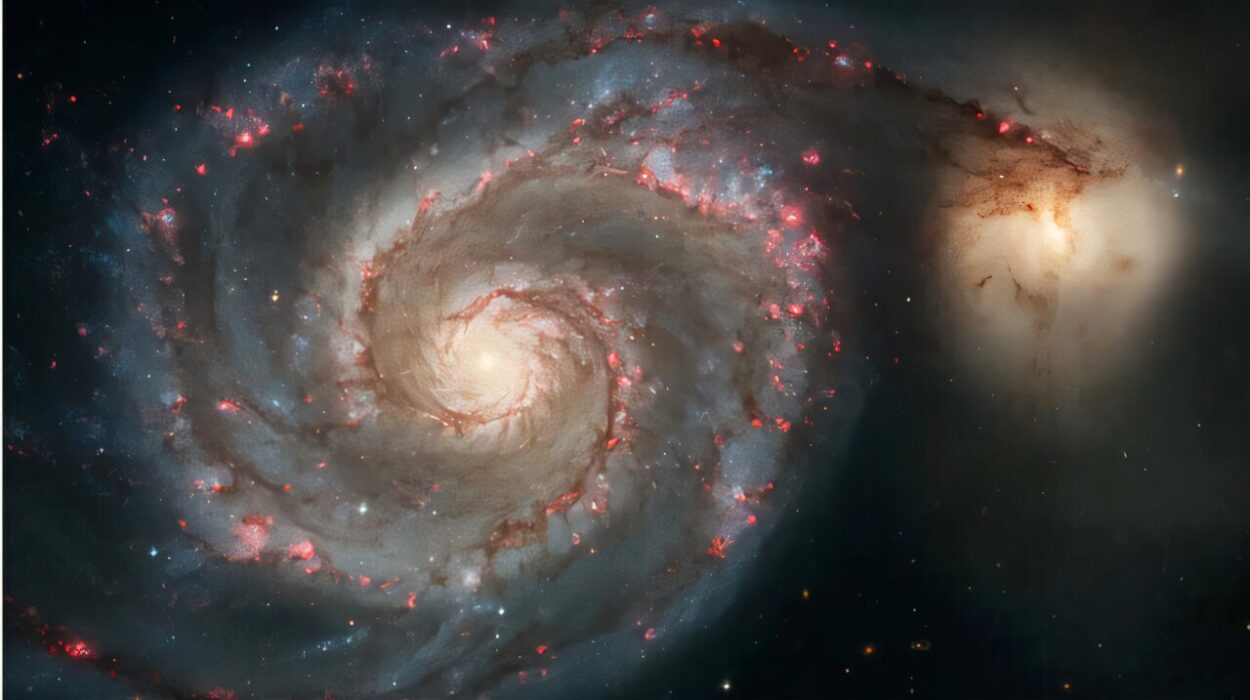An international research team led by the Yunnan Observatories of the Chinese Academy of Sciences has made a groundbreaking contribution to our understanding of the rare and enigmatic supernova SN 2014C. This study, recently published in The Astrophysical Journal, provides a detailed and comprehensive view of the metamorphic behavior of SN 2014C, shedding light on the explosion mechanisms of this unique supernova type and the final evolutionary stages of its progenitor star. The team’s findings represent a significant leap forward in the observational study of such supernovae, offering fresh insights into their complex processes.
A Rare Metamorphosis: The Transformation of SN 2014C
Supernova SN 2014C is particularly notable for its unusual transformation in spectral classification. Initially classified as a Type Ib supernova, which is typically hydrogen-poor, it later evolved into a Type IIn supernova, which is characterized by the presence of hydrogen in its spectra. This dramatic shift in classification has puzzled astronomers for years, prompting a closer investigation into its underlying causes.
The metamorphosis of SN 2014C from a Type Ib to a Type IIn supernova indicates that its progenitor star underwent a significant change before the explosion. Specifically, the progenitor star is believed to have shed most of its outer hydrogen envelope prior to the explosion, leaving behind a dense circumstellar material (CSM) surrounding the star. This dense, enriched environment, which contains the remnants of the star’s outer layers, played a crucial role in shaping the behavior of the supernova, particularly in how its light curve evolved and how its spectra changed over time.
The presence of the CSM around SN 2014C implies that the star went through an extensive mass loss phase before exploding. This process may have been a result of stellar winds, interactions with a binary companion, or other mechanisms that stripped away the hydrogen. The evolution of SN 2014C highlights the complex nature of massive stars and their final stages, challenging current models of stellar evolution and supernova mechanics.
Observational Breakthroughs: The Role of the Lijiang 2.4-Meter Telescope
To gain a deeper understanding of the supernova’s behavior, the team used the Lijiang 2.4-meter telescope, located in China, to collect some of the most comprehensive early data on SN 2014C. This telescope provided a critical vantage point for observing the initial stages of the supernova’s explosion. The team’s data captured early evidence of the interaction between the supernova and the CSM, offering the first clear glimpse of how the expanding shockwave from the explosion interacted with the dense material surrounding the star.
The researchers focused on bridging a significant gap in the existing observational data, which had previously lacked information about the inner layers of the CSM. By meticulously tracking the light emitted from the supernova, the team was able to reveal details about the shock interactions that were previously unknown. These observations played a pivotal role in explaining the unusual light curve behavior of SN 2014C, a key aspect of its metamorphosis from a hydrogen-poor to a hydrogen-rich supernova.
A New Model to Explain the Complex Light Curve
One of the key challenges in understanding SN 2014C was its complex and variable light curve. The light curve, which is a graph of the supernova’s brightness over time, exhibited unusual fluctuations that were difficult to explain with existing models of supernovae. The team addressed this challenge by constructing a new model that incorporated two critical elements: radioactive decay and delayed interaction with the CSM.
Radioactive decay is a crucial process in the evolution of many supernovae, as it provides a source of energy that powers the light curve during the early phases. In SN 2014C, however, the delayed interaction between the supernova’s shockwave and the surrounding CSM created additional complexities. This interaction led to reheating of the CSM, which in turn contributed to the fluctuations seen in the light curve. By combining these factors into their model, the researchers were able to explain the variable nature of the supernova’s brightness and provide a more accurate description of its evolution.
The U-Shaped Circumstellar Material
One of the most surprising discoveries of this study was the discovery that the circumstellar material around SN 2014C is not evenly distributed, but instead exhibits a U-shaped structure. This finding challenges previous assumptions about the symmetry of the material surrounding supernovae and provides new insights into the environment from which SN 2014C originated.
The U-shaped structure of the CSM has significant implications for how the supernova’s explosion evolved. The material in the vicinity of the supernova is likely concentrated in certain regions, leading to irregular interactions between the shockwave and the surrounding material. This could explain why SN 2014C displayed such a complex and irregular light curve, as the shockwave may have encountered different amounts of resistance depending on the density of the surrounding material.
Additionally, the CSM’s irregularity likely played a role in the supernova’s spectral evolution. As the shockwave interacted with the different layers of material, it caused the spectral features of the supernova to change over time. This transformation from a hydrogen-poor Type Ib to a hydrogen-rich Type IIn supernova is a direct result of the shockwave’s interaction with the surrounding CSM, which altered the way the supernova’s light was emitted and observed.
The Implications for Supernova Theory
The findings of this research are important not only for understanding SN 2014C but also for advancing our broader understanding of supernovae and their progenitor stars. The study provides new evidence that supernovae may evolve in ways that are much more complex than previously thought, with the interaction between the supernova shockwave and the surrounding CSM playing a much larger role than was previously understood.
These discoveries have implications for supernova classification and stellar evolution models, particularly in understanding the final stages of massive stars. By investigating how the progenitor star of SN 2014C lost its outer hydrogen envelope and how the surrounding CSM influenced the supernova’s behavior, astronomers can gain a better understanding of the variety of ways in which stars end their lives. SN 2014C’s unique transformation serves as a reminder that the final stages of stellar evolution are still not fully understood, and further research is needed to build more accurate models of these processes.
Conclusion
The research team’s findings on SN 2014C mark a significant advancement in the field of supernova studies. By combining early photometric data, late-time spectral observations, and radio and infrared measurements spanning more than a decade, they have provided new insights into the explosion mechanisms of this rare and complex supernova. The discovery of a U-shaped circumstellar environment around SN 2014C, as well as the successful explanation of its variable light curve through a model of radioactive decay and delayed interaction, enhances our understanding of the processes that govern the evolution of supernovae.
As a result, this study not only deepens our understanding of SN 2014C but also opens new doors for future research on the nature of supernovae, stellar evolution, and the final moments of massive stars. The work of this international team, particularly through the use of the Lijiang 2.4-meter telescope, highlights the importance of observational data in unraveling the mysteries of the universe.
Reference: Qian Zhai et al, SN 2014C: A Metamorphic Supernova Exploded in the Intricate and Hydrogen-rich Surroundings, The Astrophysical Journal (2025). DOI: 10.3847/1538-4357/ad9c76






